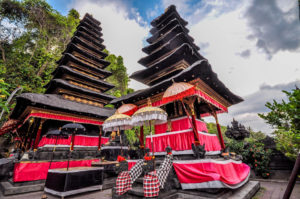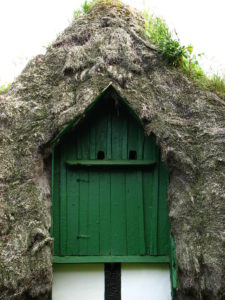From an early age, man has used what they have at his disposal to build huts and shelters. Whether to guard against inclement weather or to get a hotter room, the use of stones, branches and leaves has become the walls, beams and roofs of these huts.

Today we continue using these materials in construction and although clay or slate tiles are the most commonly used, we still find constructions where the nature provides the materials needed to save us from rain and sun.
We want to introduce you the specie Thamnochortus spiciger (Thunb.) Spreng. this specie is native from South Africa, specifically from the West Cape of Good Hope. Traditional houses and huts in this area are built with Thamnochortus spiciger (called “olifantsriet” or “dekriet” in Afrikaans) roofs. In the Marimurtra’s Botanical Garden you can find this species in the third garden, just in front of the cliff, in the Fynbos vegetation area.
In Catalonia, we have also traditionally used other species to build roofs and houses, such as the common reed (Phragmites australis) in the tradicional houses Delta de l’Ebre (south Catalonia), or ling (Calluna vulgaris) and diferent species of heath (Erica sp.) in the case of the mountain huts and shelters builts arround the Iberian Peninsula.

In other countries, we also find the use of these materials in roof construction, as would be the case oh the english cottages where they use different plants in their construction such as common reed, bulrush (Typha sp.) or rye (Secale cereale) among others; palm trees are also widely used as the specie Arenga pinnata on the roofs of the Meru Towers in Bali or other palm species in constructions in Vietnam, Hawaii or Cuba.


As a curiosity, we will finish with a seaweed roof from the Læsø island in Denmark:

